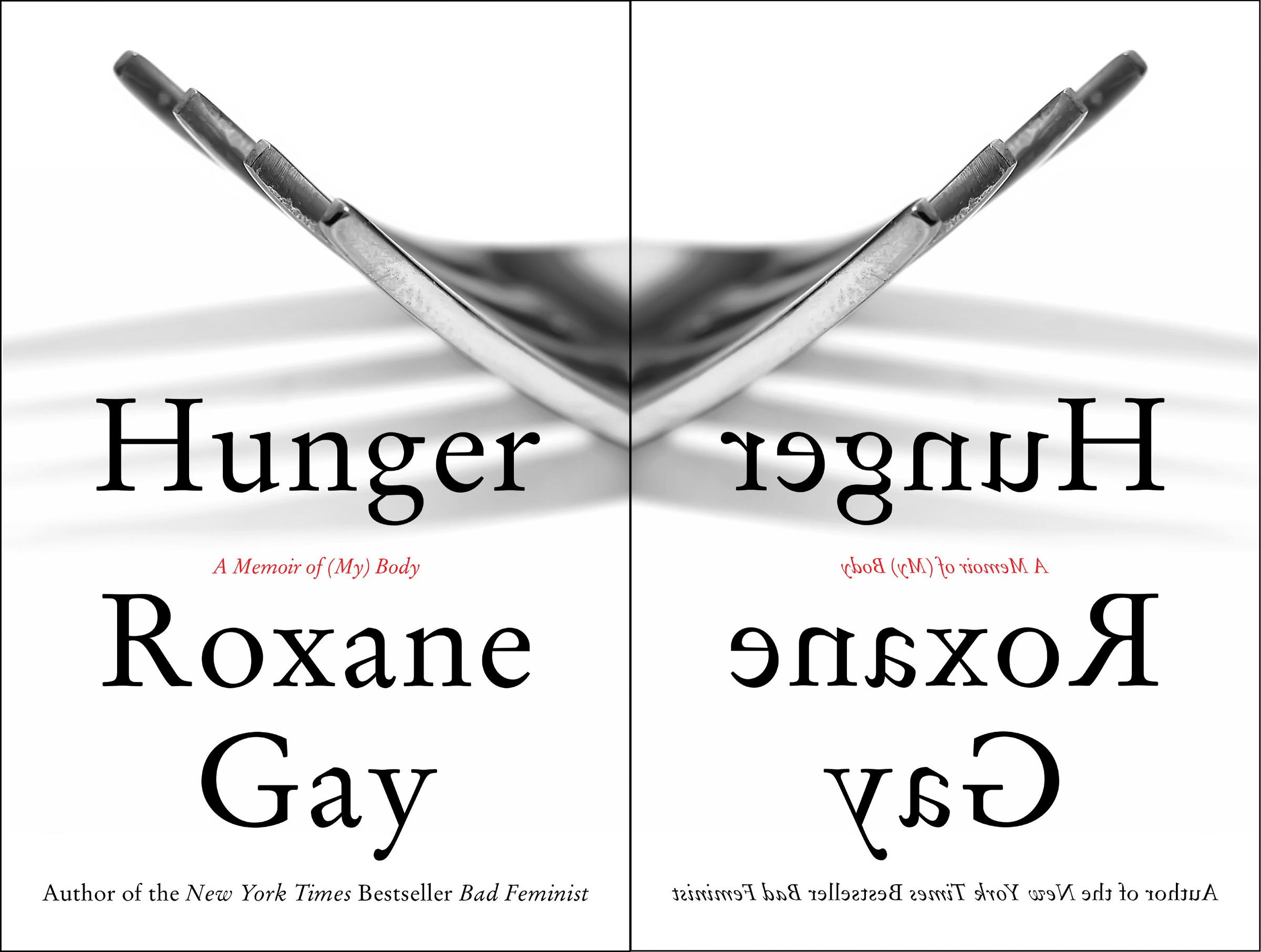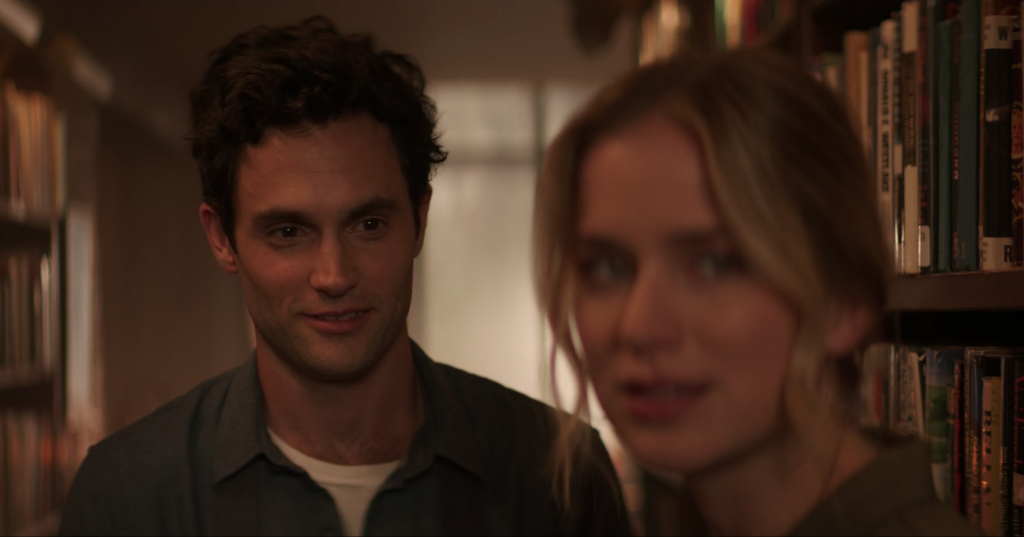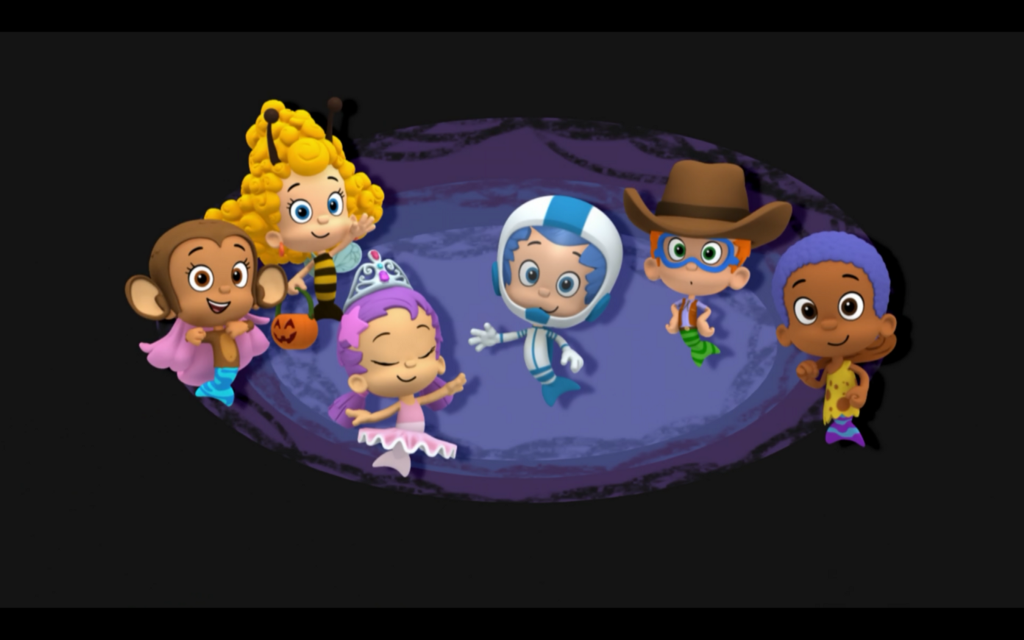Books & Culture
Stop Using Autistic Characters as Plot Devices
Books, film, and TV—like Netflix’s ‘Atypical’ —use us as elements in other people’s stories, not our own

In the middle of my 8th-grade year, I somehow found time in my busy schedule of academic excellence, teen angst, increasing social isolation, and constant overwhelmed meltdowns to watch a 1993 drama called House of Cards.
The film starred Kathleen Turner as the mother of Sally, a young girl who stopped speaking after her father died and started building intricate playing card houses around herself. Tommy Lee Jones played some sort of expert who showed up to diagnose Sally with autism and lend support as Turner valiantly fought this wretched affliction and tried to reach her child. It was terrible, pandering shlock, full of pathos introduced with all of the subtlety of someone sweetening their coffee with an unscrewed sugar dispenser.
As a budding film snob, I loathed it. As a confused and isolated girl who was starting to worry that she’d never figure out how to understand other people, though, I was enthralled. House of Cards wasn’t intended for people who identified with Sally; it had been crafted to appeal to those who wanted to cry over the misfortune of people who weren’t like them. But I imposed my own fears and dreams onto it, and I crafted my own image of autism out of it. “I wish I was autistic,” I whined to my parents, my one friend, and anyone else who would listen. “Because then people wouldn’t expect so much of me.”
Thirteen years later, my prayers were answered, Saint Teresa of Avila-style, when I was diagnosed with autism spectrum disorder. Thirteen years and a day later, I learned that whatever vision I’d had of a diagnosis inspiring empathy and compassion and occasional indulgence from those around me was — much like House of Cards and Rain Man and every portrayal of autism I’d grown up watching — a work of fiction.
“You start pretty much from scratch when you work with an autistic child,” Ivar Lovaas, the clinical psychologist who founded Applied Behavior Analysis, told Psychology Today in 1974. (Science writer Steve Silberman quotes the interview in his book NeuroTribes, which you can read for more background on what passed for autism research in the ‘70s.) “You have a person in the physical sense — they have hair, a nose, and a mouth — but they are not people in the psychological sense. One way to look at the job of helping autistic kids is to see it as a matter of constructing a person. You have the raw materials, but you have to build the person.”
This idea of the autistic as a mere body, as cumbersome raw material that someone else must shape into a semblance of personhood, permeates every facet of autistic existence. It’s in the studies about us, baked into the hypotheses and methods of non-autistic scientists, who start by putting subjects through batteries of invasive tests instead of asking them questions. (Approximately 75% of us can talk and all of us can communicate in some form.) It’s in the media about us; journalists interview parents and experts, but rarely quote an autistic person on the subject of their own lives. It’s in our treatments, where children undergoing “applied behavior analysis” are subjected to up to 40 hours of training, akin to dog training, every week. It’s in the charities that appoint themselves our spokespeople and portray autism as a vengeful demon that possess us and ravages our families. “I’m visible in your children, but if I can help it, I am invisible to you until it’s too late,” a disembodied voice that identifies itself as Autism intones in “I Am Autism,” a 2009 promotional video for Autism Speaks. The autistic child is somehow a vessel for autism, a shell.
So it’s hardly a surprise — even if it is a constant disappointment — that the art and entertainment about us follows this philosophy. Our empty shells become the blank canvas or blank page. Our raw materials become the fodder for non-autistic creators who piece together characters based on our most noticeable and most stereotyped behaviors, or on a fiction — like the one I grew up with — of what autism means. If we have no internal lives, then artists are free to make them for us, or to use us as tools for providing depth and motivation to the non-autistic characters, the real ones. If we aren’t people in the psychological sense, then obviously we’re not part of the thinking, judging, listening audience. We can be objects in a non-autistic character’s journey, or we can be the projection of a non-autistic’s fears, but we couldn’t possibly be heroes. We couldn’t be viewers or readers. And we certainly couldn’t be artists ourselves with our own stories to tell.
We can be objects in a non-autistic character’s journey, or we can be the projection of a non-autistic’s fears, but we couldn’t possibly be heroes.
Almost three decades after Rain Man, narratives about autistic people remain dominated by non-autistic writers, directors, and actors. The ostensible visionaries who make these works, who are able to imagine autistic people as math savant assassins or savant doctors, never seem to have quite enough imagination to envision us as producers or consumers. While autistic novelists exist and are publishing work that speaks to their real lives, the books about autistic or autistic-coded protagonists that receive the most attention are those like Ginny Moon and The Rosie Project: books by non-autistic writers that either imagine or parody the autistic experience. The Accountant, the 2016 action film that starred Ben Affleck as a brilliant but awkward autistic accountant/assassin, consulted Autism Speaks while making the film, but did not employ any autistic creatives. Presumably the same will go for its sequel, which was recently greenlit. Atypical, the new Netflix dramedy about an 18-year-old autistic boy who decides that he wants to try dating, followed this pattern as well. Autistic performers were considered for the lead role, but it eventually went to non-autistic actor Keir Gilchrist. The show’s Twitter account claims that one of the other actors in the show and a member of their social media team are on the spectrum, but the people most directly involved in creating the narrative and bringing it to the screen are only guessing about its main character’s internal life. The Good Doctor, a drama about a young autistic savant working as a surgeon that premieres this fall on ABC, appears to have even less autistic involvement.
At least a portion of this work is likely being produced with good intentions, but without our input or even a respect for the fact that we might have our own stories, the bulk of it is everything that Lovaas and so many other experts and armchair experts have said that we are: empty, soulless, and lacking in empathy.
For the careless or the self-serving writer, an autistic character is nothing more than a writing exercise or a thought experiment. It can be a way for someone to demonstrate how visionary they are by assuming the voice of a character who is supposed to be voiceless (which is sort of the esthetic equivalent of setting up a charity for autistic children, failing to appoint any autistic people to leadership positions for the majority of your existence, and having the gall to call it Autism Speaks). Or it can be a way to demonstrate how clever they are by mimicking the by mimicking the tics and stereotypes that they’ve witnessed — or maybe even studied with the help with a non-autistic expert in the field — and shaping them into quirky prose and whimsically-placed diagrams. Even characters in good books by good writers, like Mark Haddon’s The Curious Incident of the Dog in the Night-Time and Jennifer Egan’s A Visit From the Goon Squad, can sometimes feel more like a collection of symptoms and behaviors — a thought in pictures, a repetitive tic, a missed social cue — than a person.
It’s not just outdated beliefs about our internal lives or lack thereof that limit and distort autism-related narratives, though. Preconceptions about our place in the world are perhaps even more disheartening and disturbing. In life, we are often discussed in terms of the imposition our existence places on others. We are a burden to our parents, the cause of so many divorces, and a drain on education and health systems. When empathy is present in news stories or nonfiction essays about us, it is for the people who love us and must deal with us — even when they kill us.
In art, this concept of the autistic person as something that happens to someone turns us into objects, plot devices, catalysts at best. The heroes of stories that are ostensibly about us are instead the people around us, who are given humanity and character development at our expense. It’s an idea that can trip up even the most empathetic creators — “I Am Autism” was directed by Gravity and Children of Men filmmaker Alfonso Cuarón. And it’s the driving concept behind even some of the most beloved work about autism. Rain Man isn’t really about Dustin Hoffman’s Raymond; it’s about his brother Charlie’s journey and how Raymond makes him feel. The 2015 romantic dramedy Jane Wants A Boyfriend, which was somewhat lauded for its take on a woman with Asperger’s looking for romance, is truly about Jane’s sister’s journey as she struggles to deal with Jane. Atypical is at least partially Sam’s story, but it’s also about how his autism affects his family. Our characters exist to make their characters feel something. And our stories exist to make audiences who identify with those non-autistic characters feel amused, entertained, or inspired.
Our characters exist to make their characters feel something.
There’s a glaring contrast between these works and a pair of young adult novels by autistic authors that I recently had the pleasure of reading. In both The State of Grace, by Rachael Lucas, and On The Edge of Gone, by Corrine Duyvis, autism is not a quirk or a hook but a living, breathing part of the worlds the writers have created. Lucas and Duyvis’ autistic characters have some of the outward symptoms and habits that non-autistic creators latch onto, but these inform the plot and meld with the characters’ rich inner lives. Their autistic characters navigate their own stories, forming more complex portraits of the autistic as a person in both the physical and psychological sense. These books aren’t just better representation. They’re simply more interesting than anything a non-autistic has envisioned so far.
I don’t believe that non-autistic people shouldn’t write about us at all, but I’ve yet to find much evidence that they can. Taking on characters and experiences outside of your own is supposed to be one of the great, mind-expanding purposes of the artistic process, and yet so much of what I see and read about autism feels limited and limiting. It’s a exercise that’s about as creative and mature as a confused, petulant teenager watching a bad film in the ’90s, figuring that she now knew everything about being autistic, and concluding that having this condition would somehow magically solve all of her problems.
There’s nothing bold, brave, clever or inspiring about accepting commonly-held beliefs about us at face value and perpetuating them. There’s nothing groundbreaking about using us as objects to satisfy a the creative urges of a writer and the demands of an audience that doesn’t want to be challenged. There’s nothing remotely humanizing about an entire subgenre about a certain type of person that’s made without any participation from those people at all.
Autism can be isolating, but it’s even more isolating to watch these hollow plot contrivances made in the images of people like me be used solely for the entertainment of people who aren’t. It’s also frustrating, because it doesn’t have to be that way. I understand the power of art to open people’s minds and stoke empathy for people outside of your worldview — after all, as someone who isn’t naturally good at acting “normal,” I’ve always used books, television, and movies to help me understand non-autistic people’s perspectives and motivations. I’m ready for the world to return the favor and eager for other people to benefit from that experience as much as I have.
I want non-autistic writers to ask themselves what their motivation is when they decide to write about us. Is it a test of their skill, or do they actually want to get to know us? And if it’s the latter, I want them to actually try. I want them to read our work, to listen to our complaints about what we’ve seen so far. I want them to force themselves to truly think about what life is like for us. I want both writers and audiences to ask themselves what it feels like to be us — not just what it feels like to be near us. I want stories about being us to matter as much as stories about being near us do now.
I want all of this, because most of all, I want the next little Sarah to be able to watch a film and — instead of a caricature or a punchline — see herself.








